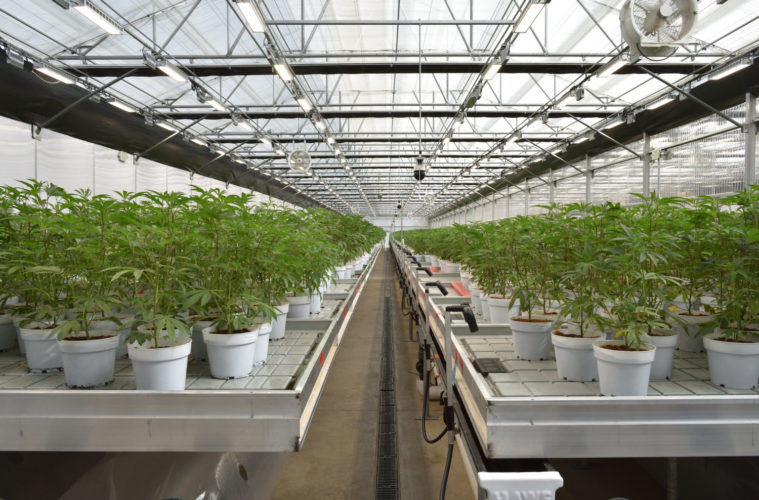L.A. Weekly recently journeyed north to Sacramento for a tour of one of the newest and most advanced large-scale cannabis cultivation facilities on the planet, built by Natura Life + Science.
Natura sits on a 12-acre campus in Sacramento’s industrial sector. It’s flanked by the names you’d see in any business park, but as soon as you step foot on the property, you’re taken to a space of innovation at scale and weed tech vibes. As you stand on the campus’s main artery, half of it feels like a microchip factory pulled from the outskirts of San Jose, while to your left stands one of the more impressive greenhouse set-ups to date in the cannabis industry.
The 290,000 square foot facility is essentially being built out at a cost of $91 million for the scrutiny the cannabis industry will face in the not-too-distant future. As federal regulation becomes a reality, things like good manufacturing standards, LEED ratings, and FDA standards have already been taken into account. The campus has 21 licenses for propagation, cultivation, manufacturing, distribution and direct-to-consumer delivery.
All of this was a pile of dirt 10 months ago. It now employs roughly 120 people, with plans for 350 on staff once things are at full blast. Natura even created its own construction company to move the project forward as fast as possible.
Josh Schmidt, Natura’s Director of Business Development, was the one who offered up the tour in Spring. Now, with the first crop in its fourth week of flower, I was hyped to take him up on the offer.
As I joined Schmidt, he gave a quick pre-tour breakdown of what I was looking at across the greenhouse and manufacturing facilities. He noted that even with everything I was seeing, they still didn’t have enough room on site.
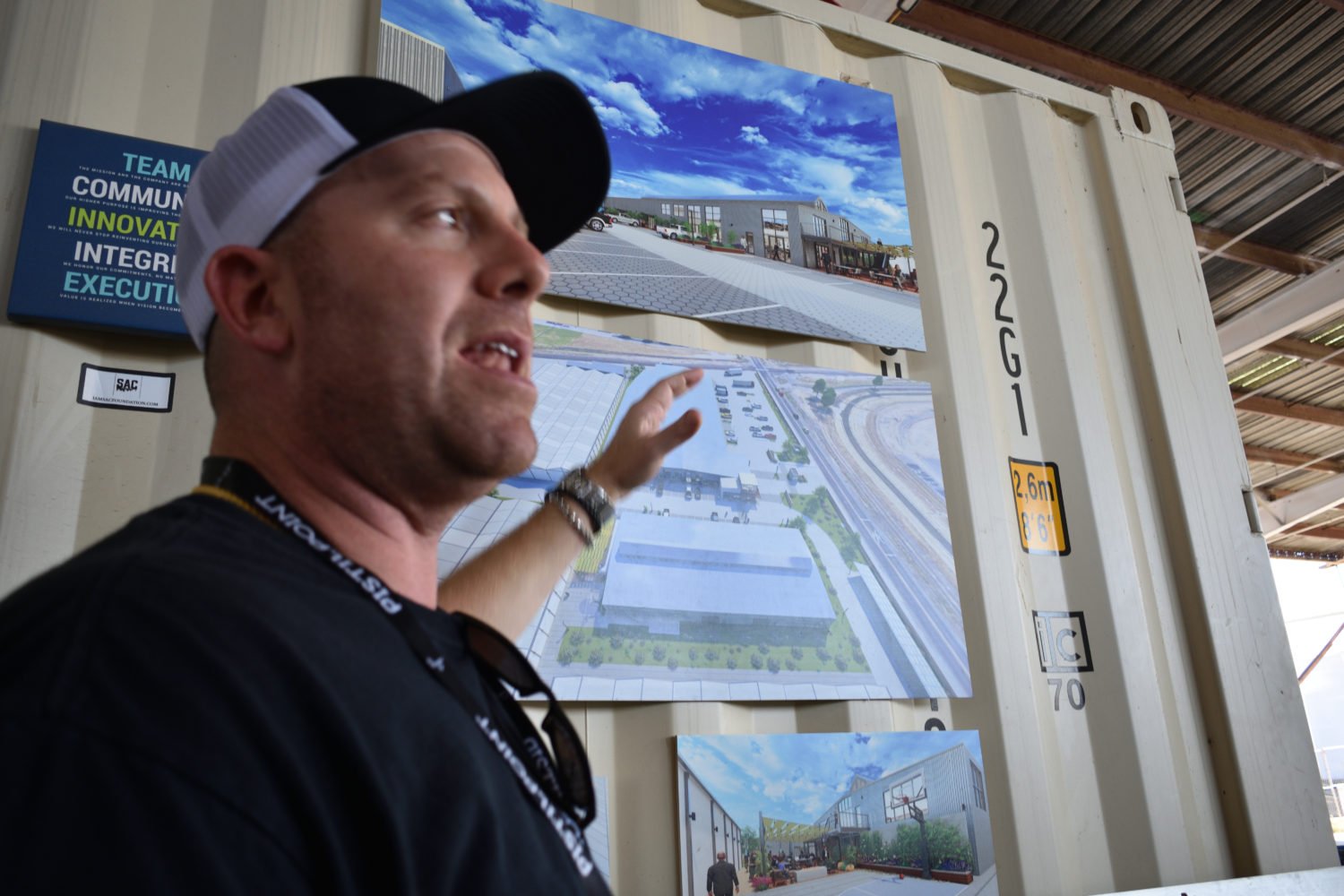
Schmidt explains the facility’s layout.
“Pheno hunting, breeding, propagation nurseries will be done at our 22,000 square foot nursery offsite about a mile and a half down the road,” he told L.A. Weekly. “The nursery couldn’t really fit in here because of production. We need to literally feed this place with clean plants every three days that we load a room.”
As we started walking, Schmidt explained the contents of the 68,000 square foot manufacturing facility. “This whole side of the building is only for flowers, so dedicated drying rooms, packaging, prerolls, post processing,” Schmidt said before pointing to the other half of the building. “Then you have manufacturing goods. You have all the edibles, you have chocolates, you have distillation, solventless rosin and making live resin, all that stuff and then you have distribution.”
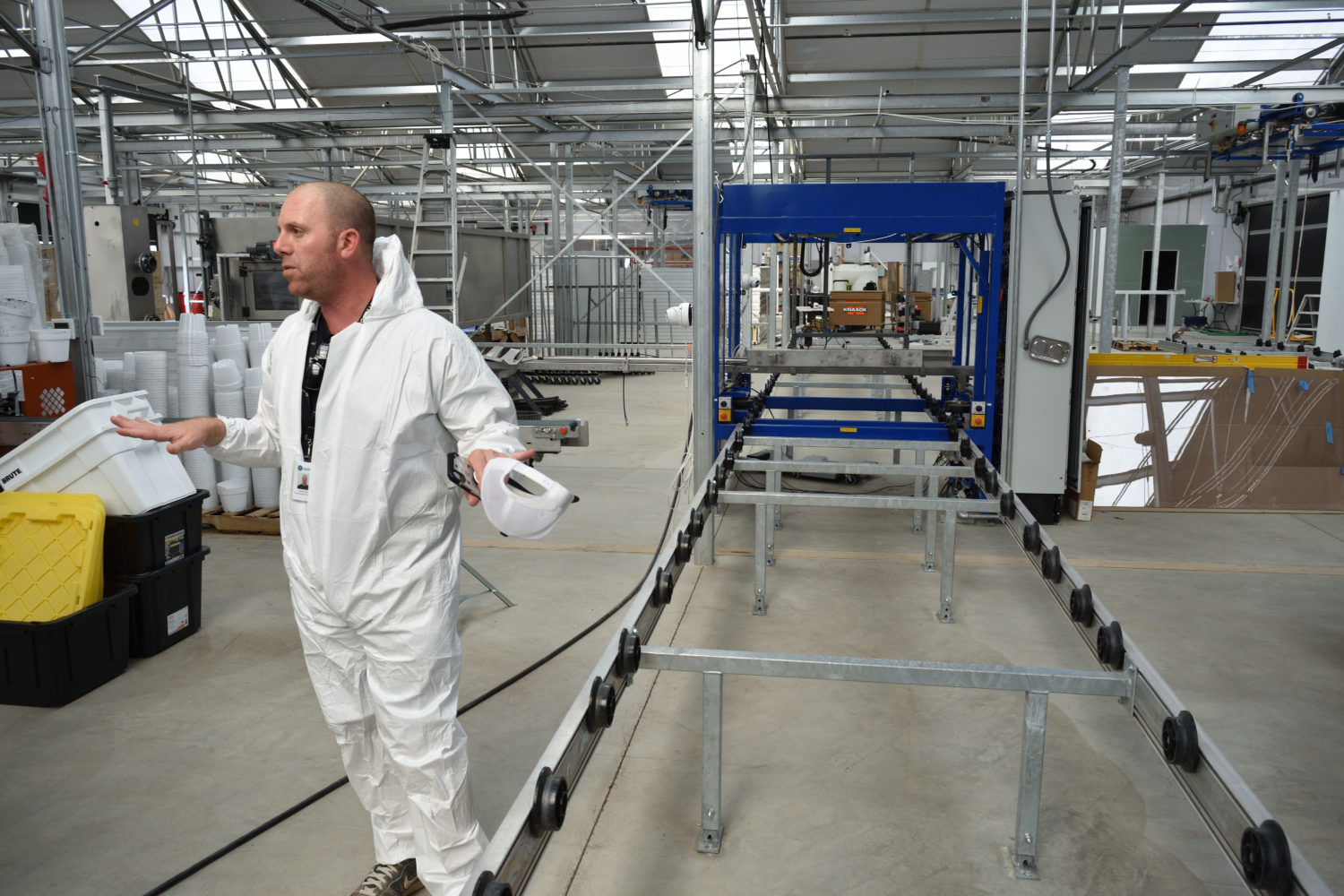
Schmidt went over the sorting process for plants as the trays run through this machine.
From there, we started talking about the thought process that went into the massive cultivation undertaking that would feed that manufacturing facility.
“Basically all the cultivation is spaced out to grow GAP standards. GAP is good agricultural processes,” Schmidt said. “Like pharmaceutical grade cannabis that is sold, there’s very little of it, is usually from Canada to the EU.”
Schmidt explained that cannabis that meets GAP standards, yeah it’s pharma grade cannabis, but much of the time it is equated to lower quality just because it has to sit so long to be tested.
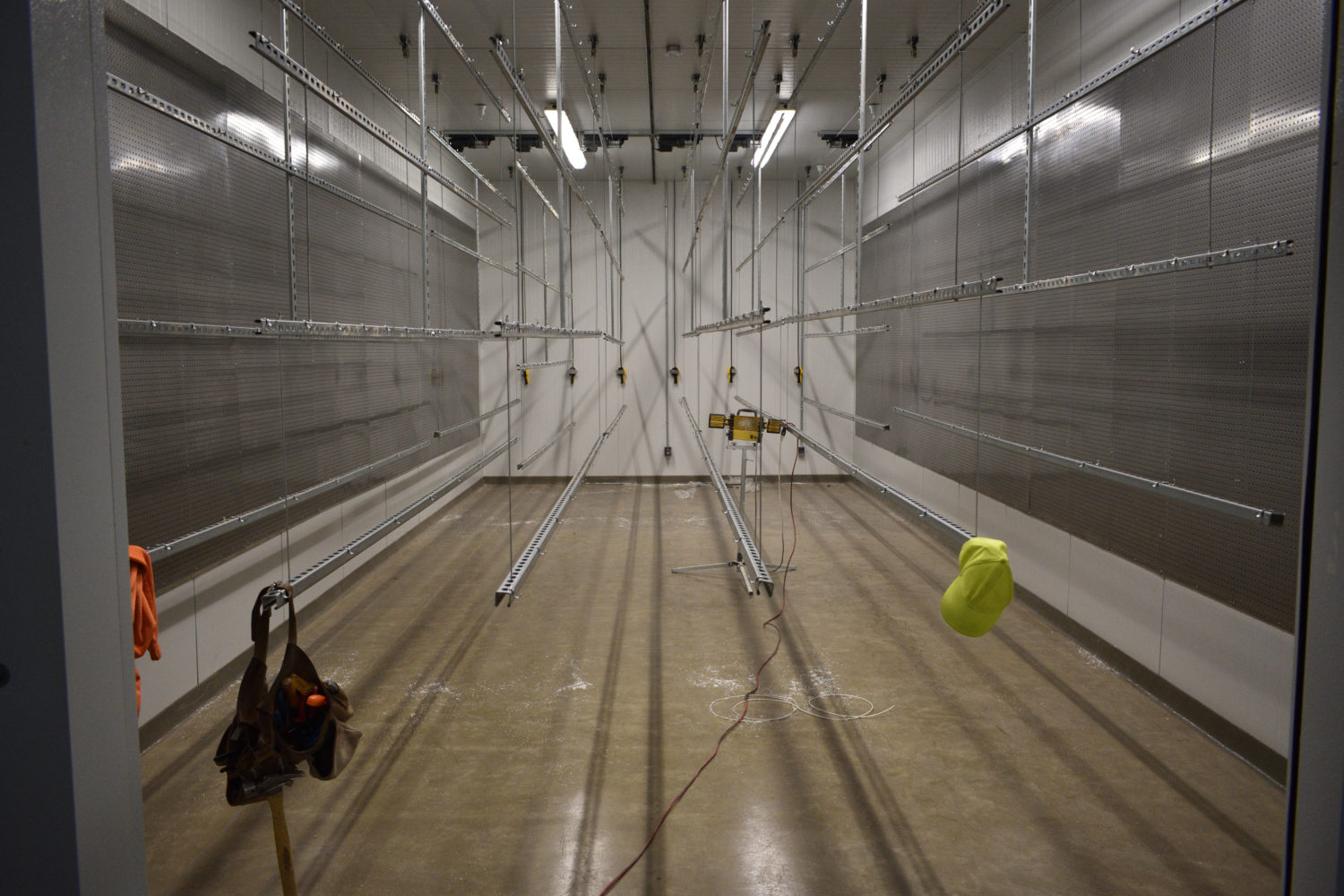
A dozen drying rooms with independent climate and humidity control are among the finals steps for Natura’s flower before it’s processed.
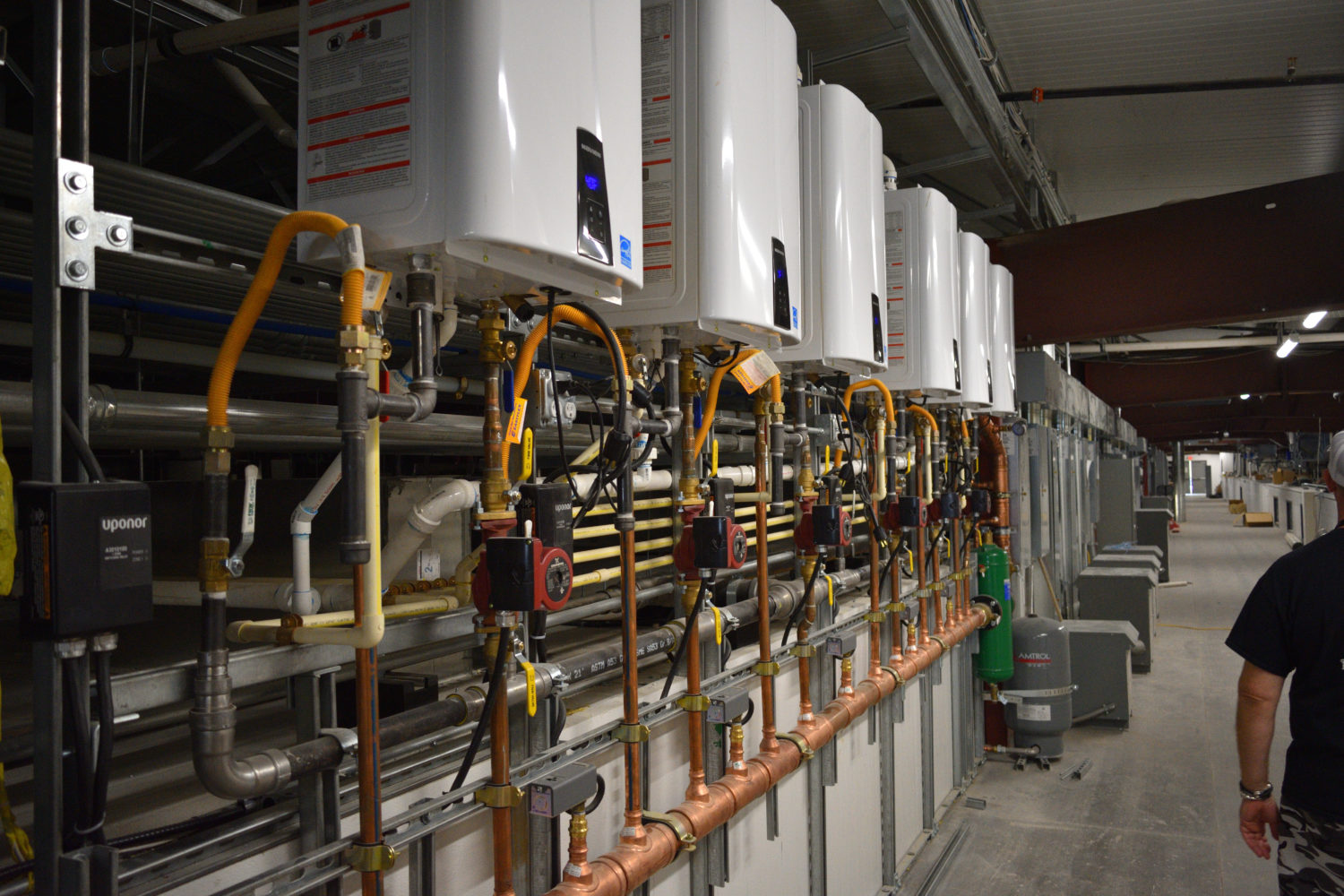
While much of the facility will be a completely sanitized manufacturing space, the heart and brain of the drying rooms are easily accessible in the event anything goes funky.
“So it’s a lot of time, and what happens to the flower buds over time? They degrade,” Schmidt said. “That’s one of the most difficult things, maintaining freshness and all that.”
So between Natura’s cultivation and manufacturing, they have both international manufacturing and agriculture standards covered.
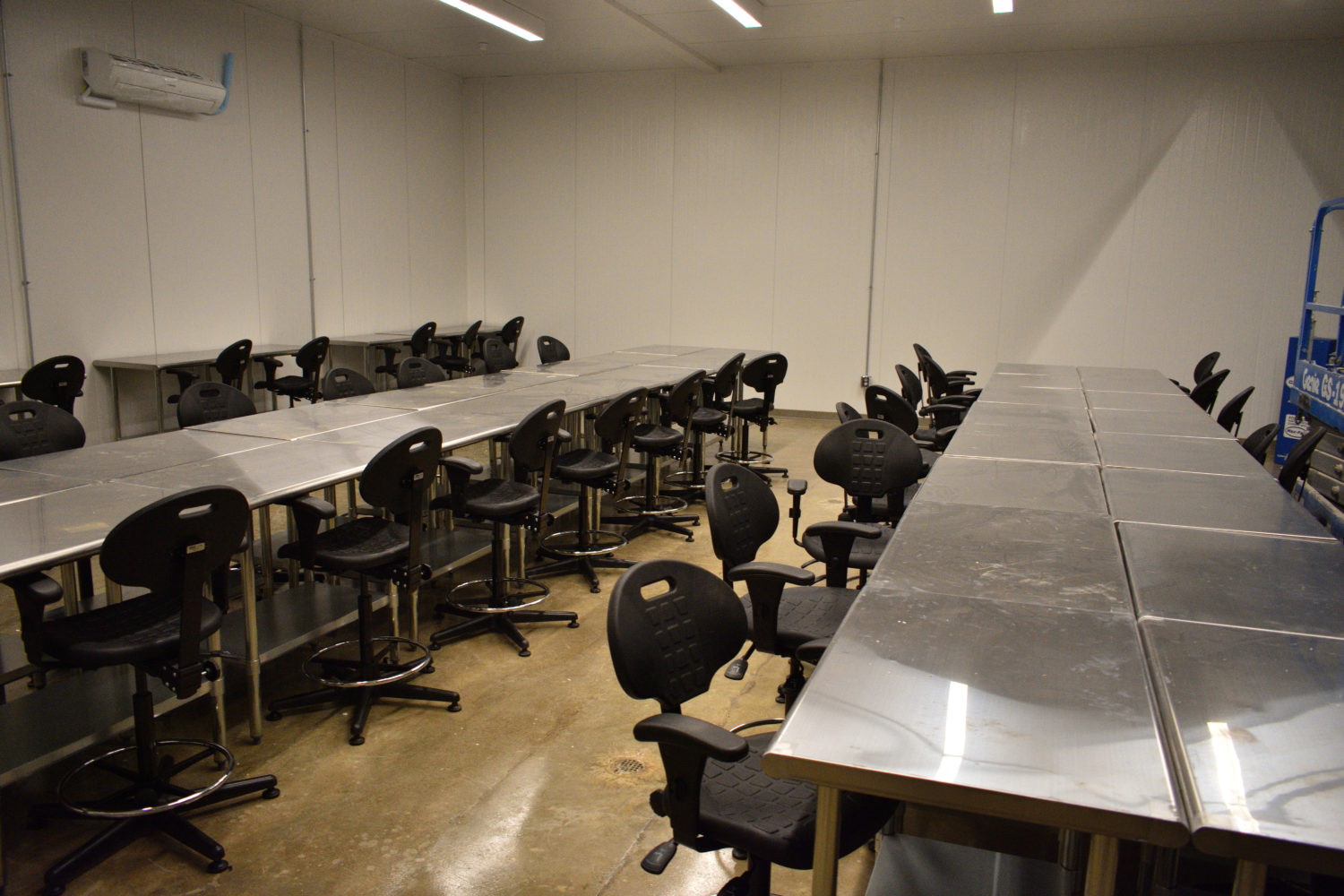
Fifty trimmers will work daily to prepare the product for the legal cannabis market.
“Why do we do this? Because when federal prohibition lifts, when the FDA comes into cannabis, the first thing is they’re going to come in and say that we’re not producing pharma, to pharmaceutical standards, we have to shut down,” Schmidt explained.
Just like any other industry, Schmidt believes they’re going to establish these kind of guidelines and Natura is being proactive. He said they’re building as if they are building out to pharmaceutical specifications on every step of the process. He believes the move will prove a long-term success and he hopes to see his kids working at the facility when they’re old enough.
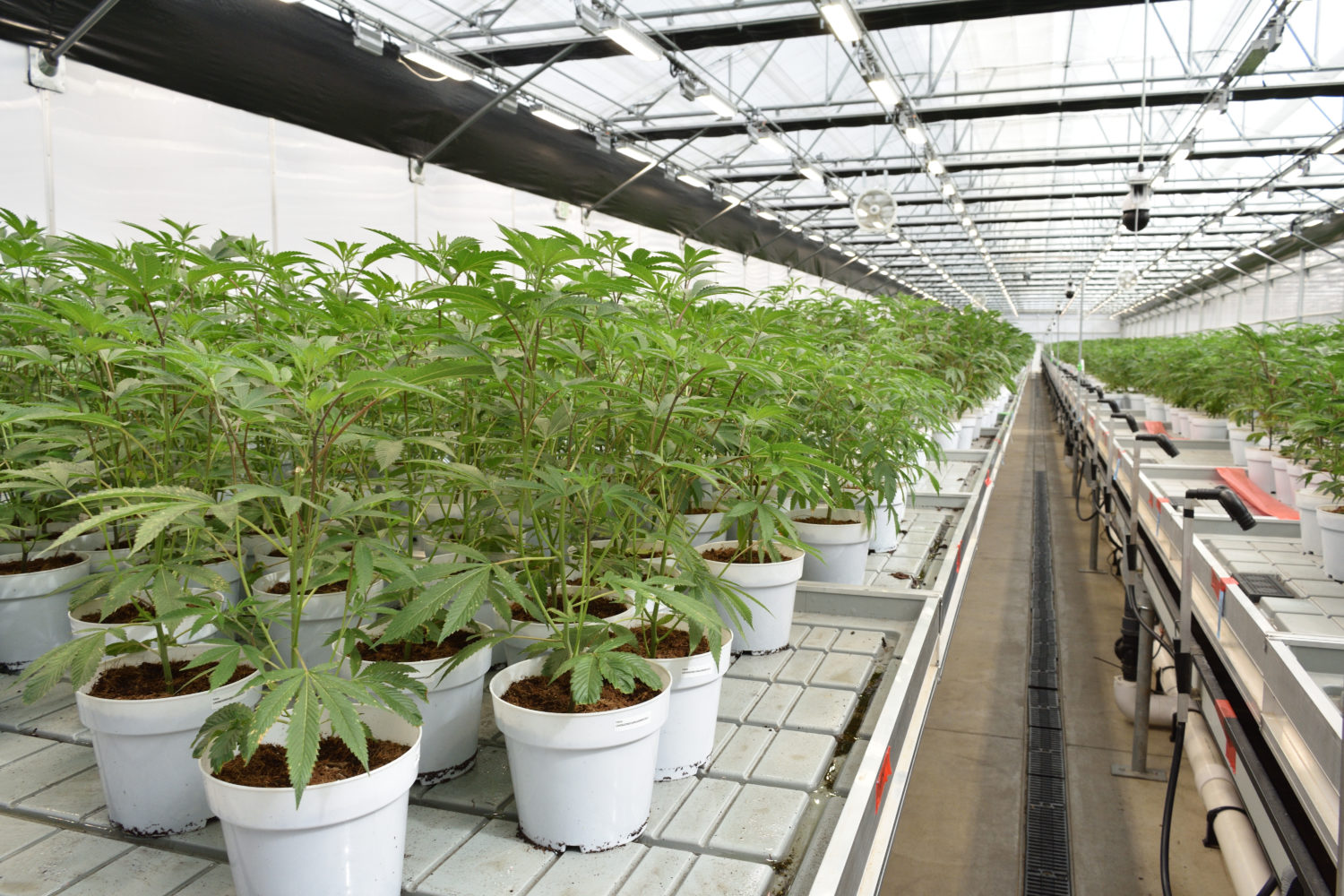
One of Natura’s greenhouse bays going strong with its first crop.
The facility contains 4560 LED lights. All of them were designed in-house by Natura in recent years in collaboration with their production partners in China. Schmidt said the lights are so powerful they can do a complete blackout on one of the greenhouse bays if they wanted to do a pure indoor run.
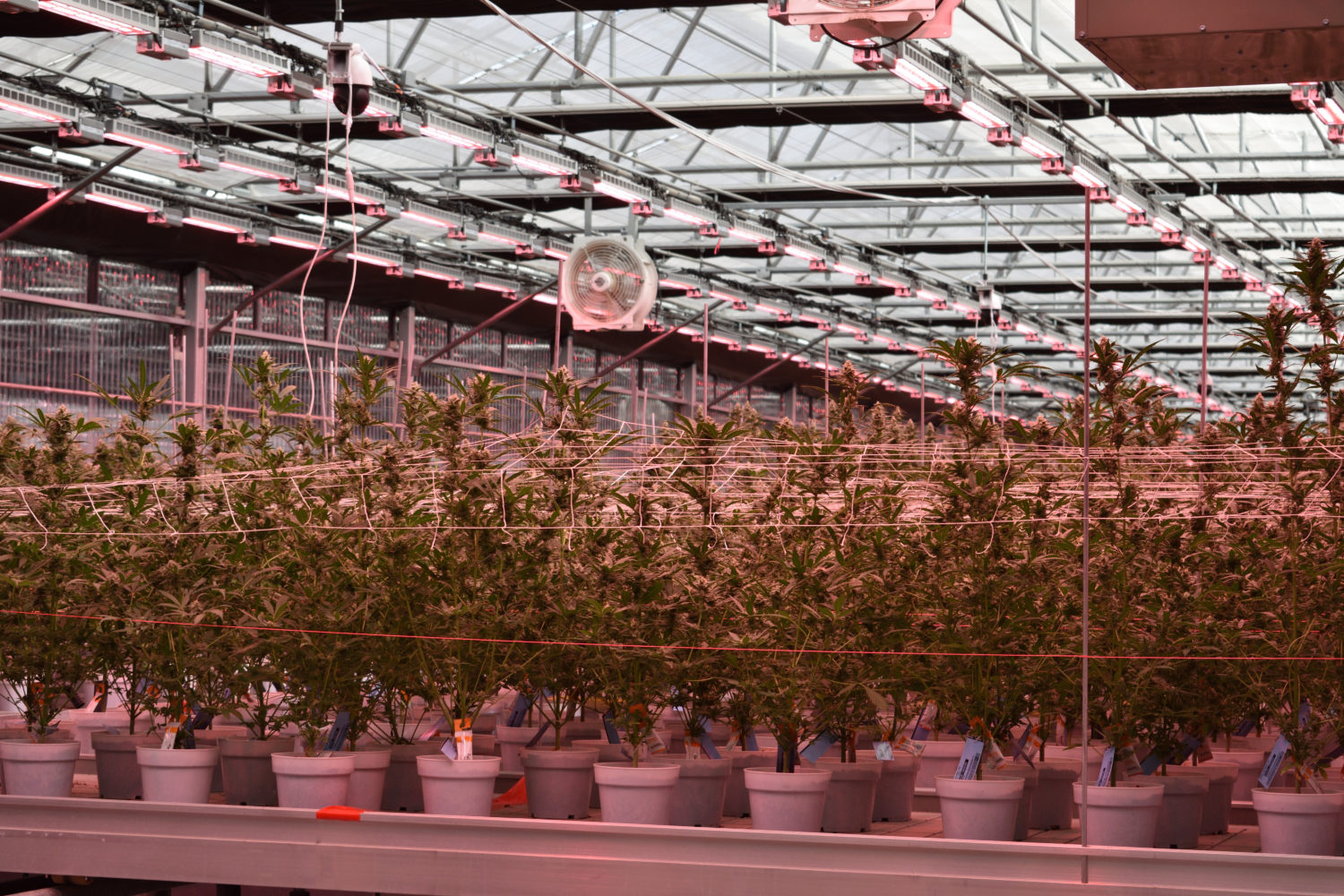
The pink lights are the R&D project from the factory that produced all the facility’s lights. Schmidt said the room looked a week further into flowering than other parts of the facility.
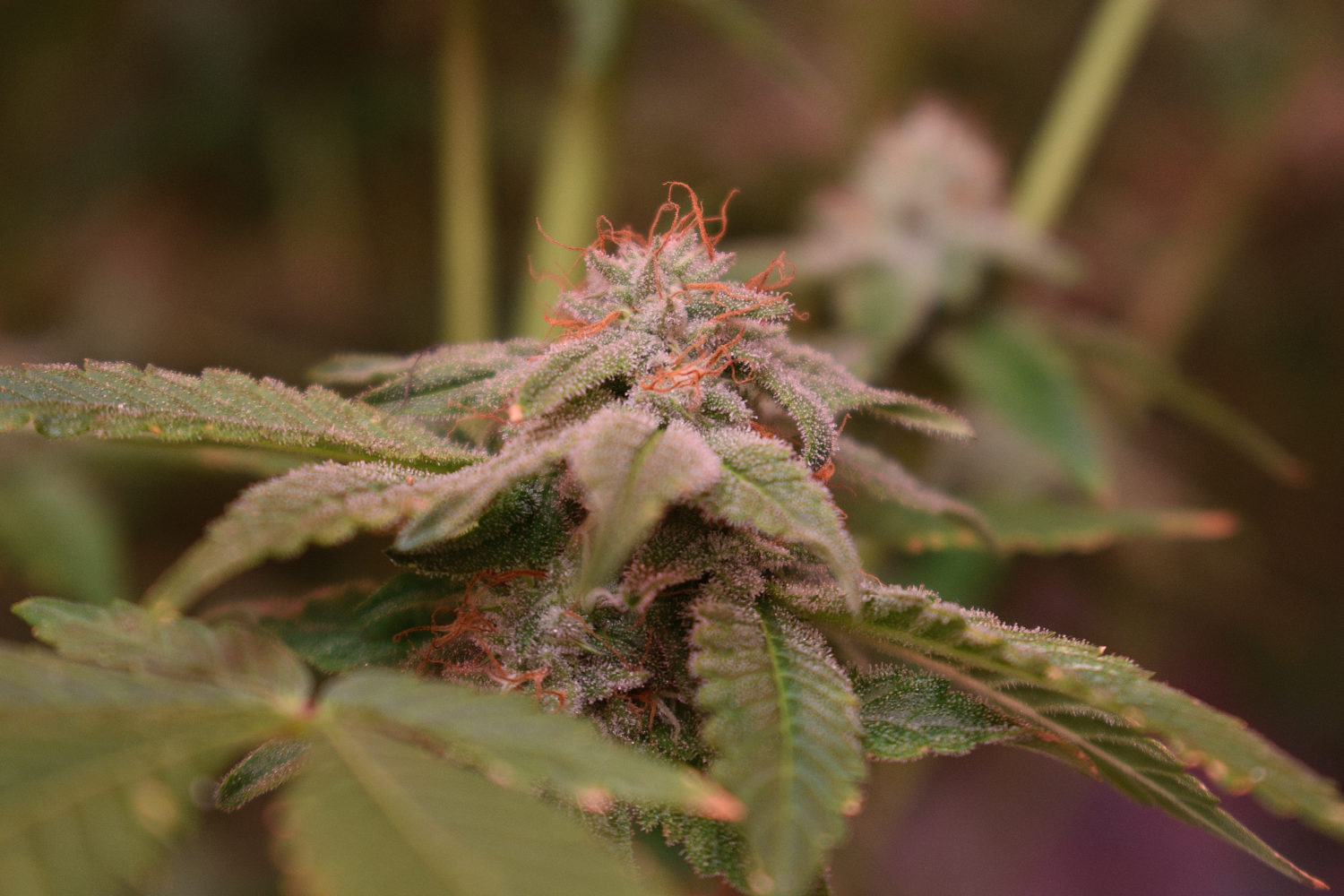
Cherry Punch from Symbiotic Genetics will be among the first strains harvested at Natura.
“We still feel like kissing it with the sun a little bit will add to the terps and to the appeal, as long as you can keep it closed, and you don’t have the morning dews, the rain, the wind, all of that,” Schmidt said.
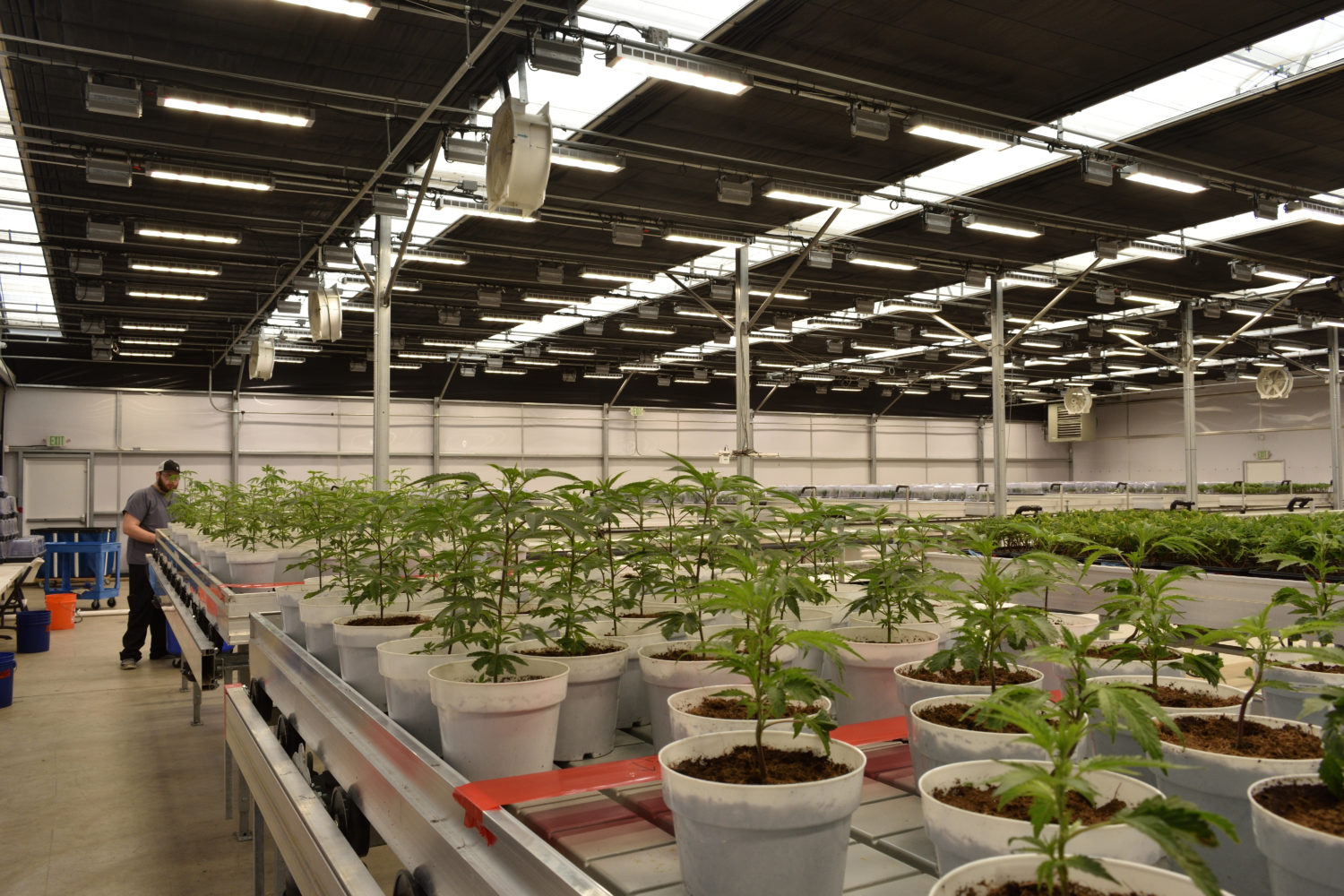
New plants are transplanted then acclimatized in this room before entering the main greenhouse facility via a network of rails their trays sit on.
Exposure to the conditions listed by Schmidt promotes the development of waxes and lipids in the stressed plants. These can take away from the overall smoothness of the final product and general quality of smoke, but there are plenty of farmers doing full sungrown cannabis well by selecting genetics meant for the rigors of their environment.
Each of the movable trays that fill the greenhouse bays can hold 168 plants. The trays float across the facility’s rail system, all beginning from a centralized hub after plants acclimatize to their new home following delivery from the clone propagation facility down the street. A lot of the techniques come from the flower fields of the Netherlands.
We’re going to keep an eye on the results of Natura’s first run, and you can certainly expect to see the facility’s offerings in L.A. soon.
Advertising disclosure: We may receive compensation for some of the links in our stories. Thank you for supporting LA Weekly and our advertisers.

